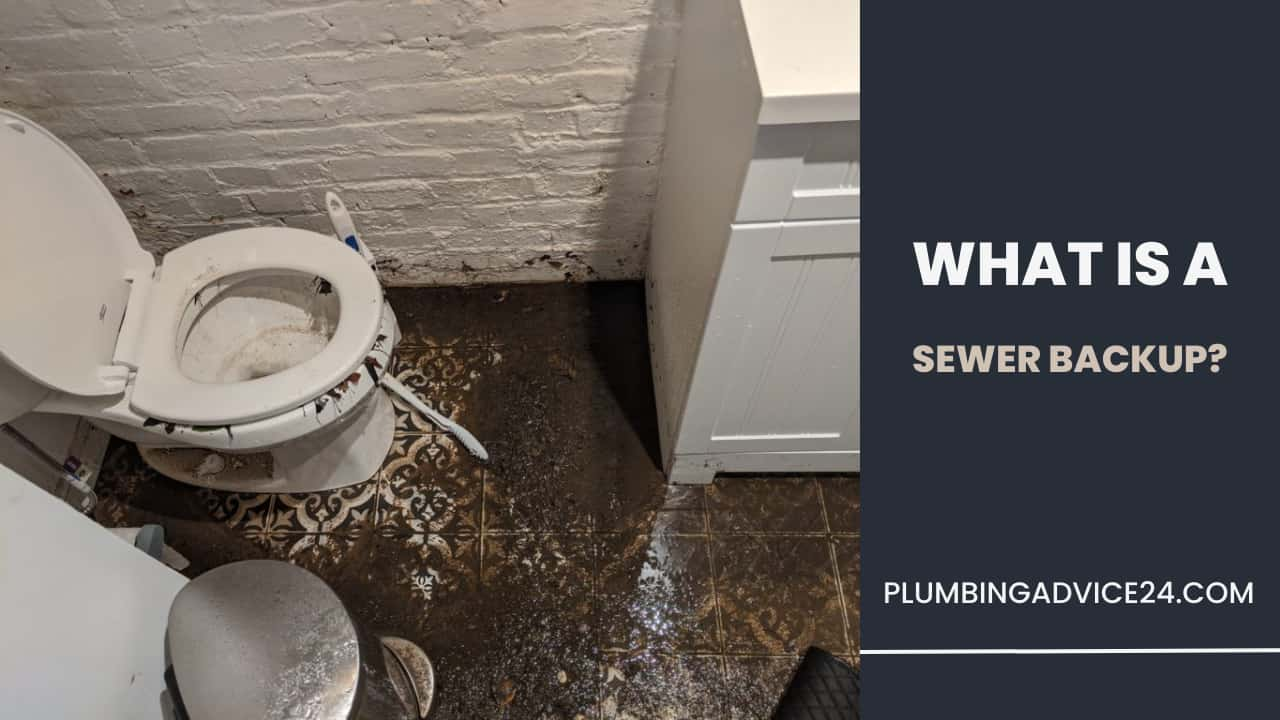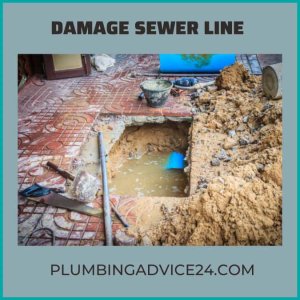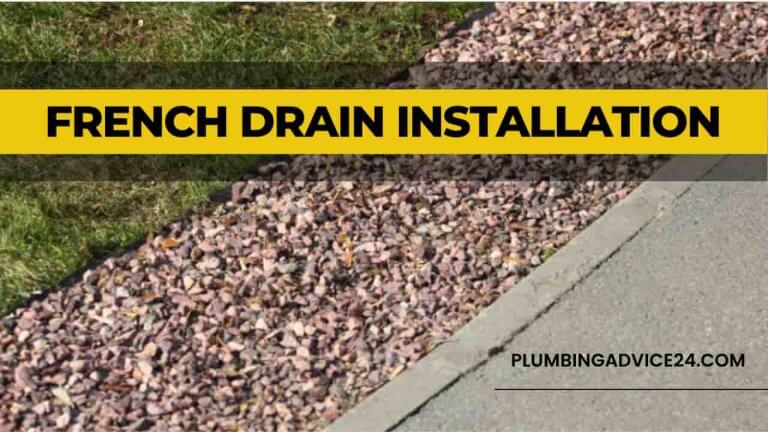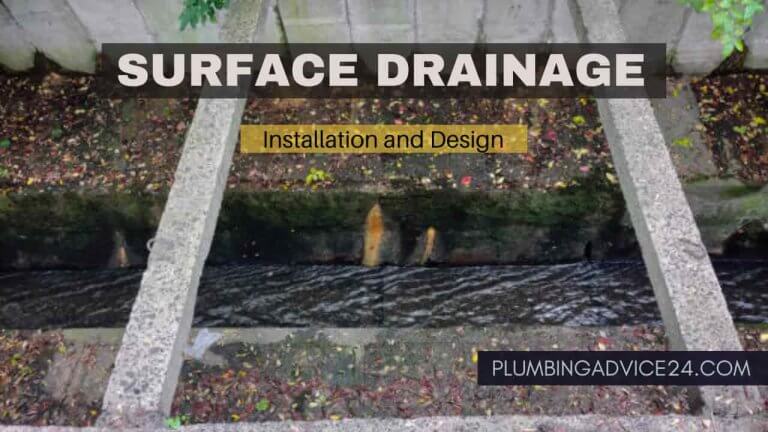Causes of Sewer Backup & How to Fix It
Nothing is more frustrating than dealing with a sewer backup because of the hassle and potential harm it can cause your house. It’s dangerous because sewer backups can cause flood damage, unpleasant odors, and even health problems for us. The good news is that knowing the causes of a sewer backup can fix the problem without a few simple, expensive repairs. This article will provide information on the causes of saver backup and how to fix them.
What Is a Sewer Backup?
Sewer backup occurs when sewage from your home’s plumbing system flows back into the home through the pipes. This can happen when there is a blockage in the sewer line or when there is excessive rainfall that overwhelms the sewer system, causing it to overflow.
Sewer backups can be messy, unsightly, and pose a health risk due to the presence of bacteria, viruses, and other harmful contaminants in sewage. They can also cause extensive property damage and require expensive repairs. Sewer backups require immediate remediation to minimize damage and prevent further health hazards.
What Causes Sewer Backup?
There are many factors that can causes of sewer backup, some of the most common causes of sewer backup are tree roots, clogs, excessive rain, old pipelines, and broken sewage lines, all of which will be discussed in this article. We’ll also provide some quick fixes that homeowners can try themselves to resolve minor backups and offer preventative measures that can help prevent future blockages.
Tree Roots
Tree roots are a leading offender in clogged sewer lines. It can invade sewer backup, resulting in clogs and infrastructure deterioration. You may have a tree root issue if you’re experiencing clogged toilets, bubbling noises in the bathroom, or noxious smells from the pipes. To get rid of the roots, it’s best to call a plumber to come out and use a drill on the drain pipe. Depending on the severity of the damage, it may be necessary to replace the affected portion of the conduit to safeguard against further root invasion.
Clogged Pipes
Aside from tree roots, blocked pipelines are another typical cause of sewer backup. Grease, meal leftovers, and non-flushable items like napkins and sanitary products are all potential culprits. Do not discharge anything besides toilet paper to avoid clogging pipelines with grease. A drain snake or a plunger is possible to remove an existing blockage. If it proves especially tenacious, a hydro-jet technician may be necessary to clear the obstruction.
Heavy Rainfalls
Sewer backup happens when too much water enters the system simultaneously, as often happens after a strong rainstorm. It can also lead to water backing up in your home’s pipes. A backwater valve should be installed in areas that experience frequent, intense rains to prevent flooding from backflow. Having this valve installed will stop water from leaking back into your house. A contractor-installed backflow valve on your sewage system will protect it from flooding during cyclones and give you peace of mind.
Old Pipes
Sewer blockages may also be brought on by outdated pipework. Damage to pipelines from corrosion, cracking, or complete failure can lead to clogging and leaking over time. It’s a good idea to have an expert plumber check out your pipelines if you live in an earlier house with antiquated fixtures. They can examine your plumbing system and advise on maintenance or upgrades. If your sewer pipe is constructed of cement or cast iron, it may need to be replaced completely.
Sewer Line Damage
Damaged sewer lines may also cause a sewer backup. Numerous factors, such as moving dirt, icy ground, and normal wear and strain, can contribute to this. Examining your sewer pipe immediately is crucial if you think it may be harmed. A qualified plumber can look at the line with an inspection camera to assess the level of harm. Depending on the extent of the damage, they might need to replace or fix the sewer line.
Related Post : Why Does My Sewer Keep Backing Up?
Quick Fixes for Sewer Backups
There are some fast solutions you can attempt on your own, even though some sewer backup issues require expert assistance.
Plunge Your Toilet
Try using a plunger to remove the obstruction if you observe that your commode is filling up. Placing the plunger over the toilet, slowly press down, then rapidly draw up. Continue doing this until the obstruction is removed.
Use a Drain Snake
If the drain in your sink or bathroom is blocked, you can use a drain auger to unclog it. Turn the handle to advance the snake through the conduit after inserting it into the sewer. Once you’ve located the obstruction, spin the handle to remove it before removing the snake from the pipe.
Try a Chemical Drain Cleaner
You can use a chemical drain cleaner to clear your pipe’s oil or food scrap blockage. Use mitts and eye protection, and pay close attention to the directions. Chemical drain cleaners can remove blockages, but they can be hard on pipelines and lead to more harm.
Install a Backwater Valve
Installing a backflow valve can stop water from running back into your home’s pipes if you live in an area that experiences regular, intense rainfall. The sewer pipe has a switch fitted to stop water from moving mistakenly. A qualified electrician can install a backflow valve for you, and it’s a reasonably priced way to halt further floods.
Clean Your Gutters
Water can escape from drains blocked with leaves and other detritus and percolate into the base of your house. This may result in sewer backups and flood damage. Regular Gutter cleaning can stop this from occurring.
Conclusion:
Although a sewer backup can cause residents a lot of trouble, taking precautions to protect your house and your health is crucial. By being aware of the typical reasons why sewer backups happen, you can take precautions like only removing toilet paper and avoiding dumping grease down the sink to stop them from happening. Additionally, routine plumbing system upkeep and examinations can aid in spotting possible issues before they develop into more serious problems.
If a sewer blockage occurs, moving immediately and contacting a licensed plumber for assistance is crucial. With their experience, they can identify the issue quickly and offer fixes to stop copies in the future. You can keep your pipelines and sewer lines operating efficiently and prevent wastewater backups by following good plumbing practices and preventive measures.
Related Post : What to Do When Sewer Backs Up?
What Are the Common Causes of Sewer Backup?
A sewer backup can be caused by several factors, some of the most common of which are tree roots, clogs, excessive rain, old pipelines, and broken sewage lines.
How to Quick Fix a Sewer Backup?
Some quick fixes for sewer backups are as follows:
- Plunge Your Toilet
- Use a Drain Snake
- Try a Chemical Drain Cleaner
- Install a Backwater Valve
- Clean Your Gutters
If You Liked This Post? So Share It with Your Friends
Suggested Articles:

















